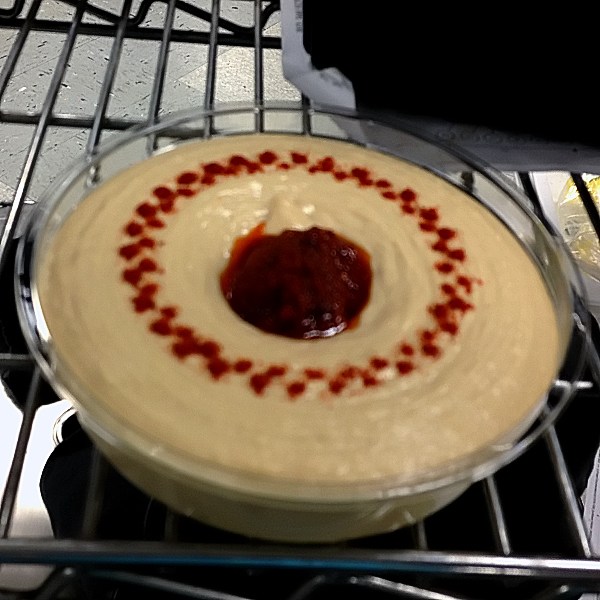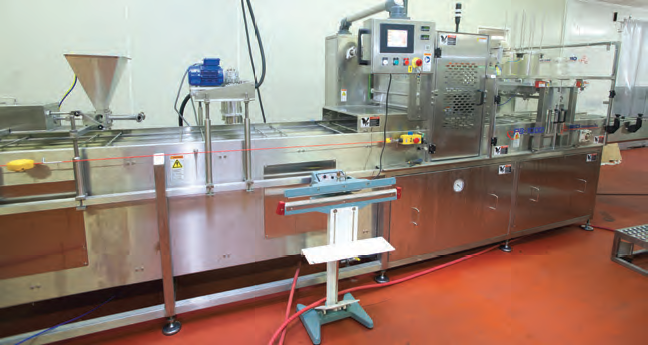
ORICS – Equipment for every application
How to Buy a Filling Machine
If you are looking to move forward with your food packaging machines
Before you make a purchase, let ORICS do the hard part. Submit a free request for quotes using this site, and we’ll Get you the layout plan and the machine you need.
1. What are you filling?
While some fillers are suited to fill containers with dry goods (pills, powders, coffee),. It’s a far different task to ask a machine to pump out units of water (low viscosity) than it is to fill jars of molasses (high viscosity). And while some machines can handle them all, you want to make sure the machine you buy can handle the product you’re filling and sealing.
2. What type of container are you filling?
There are many types of containers that fillers can fill. For purposes of this page we will often refer to them as bottles, but you can fill cans, jars, jugs, cups, tubs or Trays etc. Some machines work well with certain containers, while other machines will destroy your chosen container. For instance, some automated machines will grab a bottle from the top, others from the side. If your bottle has a unique top, it might not work with a top-grabber, same if your bottle is too wide, it might not work with a side-grabber. So, it’s important for us to know the size of the container you’re using (ounces, liters, gallons) as well as its height, diameter or shape if you can tell us. Also, what type of opening does the container have (large lid, small cap, peel back)? For instance, if you are filling aluminum cans, that top requires a special machine.
3. How many are you going to fill and how fast do you need them? CPM or containers per minute.
There are many different speeds to fillers, and the speeds differ for many reasons. Often smaller machines are measured by the amount of containers they produce per hour (CPH), while larger, faster machines are measured by cups or containers per minute (CPM). For purposes of this site, we will use CPM.
4. How automated do you want your machine?
A manual machine may be a great investment for a small company or brewing enthusiast, but it might not meet the demands of a large or growing company. A semi-automatic machine is going to take a little more manpower to feed bottles into it, but a little less money to purchase and it’s not as big. Automatic machines take up more space, but require less hands as they pull bottles from bulk with a conveyor system. Use this chart to help determine your desired speed and automation:
Speed Automation Target Buyer
1 – 6 CPM Manual Small Business
6 – 20 CPM Manual or Semi-Automatic Small or Medium Business
20 – 50 CPM Semi-Automatic or Automatic Medium or Large Business
50 CPM or Higher Automatic Large Business
5. Do you want a Liquid Level or Volumetric filling machine?
Liquid Level machines fill bottles so they appear to be filled to the same line on every bottle. Many companies, including cleaning products, soft drinks, beverage companies, breweries, wineries and distilleries prefer their customers see a uniform product and chose Liquid Level fillers. Liquid Level fillers also help achieve higher speeds of production and, in most cases, a lower cost per machine, which is sometimes a difference in the tens of thousands of dollars.
Volumetric Filling machines fill each bottle with exactly the same amount every time, sometimes resulting in bottles not looking as full as others. They require special instruments for balance, calibration, timing, etc., so they tend to cost more. But if every drop of your product comes at a high cost, (like gold or oil) the extra money for the machine will be necessary to save money in the long run. Machines cannot be converted from Liquid Level to Volumetric or visa versa.
6. Do you want an overflow pressure, piston, pump, or gravity machine?
Overflow Pressure Fillers are the most popular machines with beverage makers (beer, wine, juice, etc.). Although they are limited to low viscosities, they are a great value to any business owner attempting to produce a lot of bottles quickly. The liquid enters the bottle fast under pressure, while the machine catches spillage overflow or over-bubbling and sends it back to the bulk source. These machines are built for speed, and the one pictured below has 12 heads. Heads, or spouts, are the nozzles that deliver the product directly into the bottle. The more heads a machine has, the more bottles it can fill at one time.
Piston filling machines use pistons to pump from one source to another with accuracy and some speed. Piston fillers are basically divided into two methods: Check Valve Pistons and Rotary Valve Pistons. Check Valve Piston fillers work well with low viscosity and are great for drawing your product from a large container, then transferring it to the container easily and accurately. Rotary Valve Pistons are better for transferring thicker and chunky material, as the valve allows for chucks to pass through undamaged. Rotary Piston Filling machines are most notably recognized by the existence of a large funnel, or Hopper, used to pour the material into from a large container. Both Rotary and Check Valve Piston bottle fillers are available as manual, semi-automatic and automatic machines.
Pump filling machines are great for a wide variety of applications with different viscosities, but not so great with chunks. Pump filling machines can pump liquids, pastes, creams, Hummus, Yogurt (wine, syrup, toothpaste, ketchup, moisturizers) from your bulk container then deliver the product into the bottles. Pump fillers are popular, common and made many different ways including with volumetric filling instruments and multiple heads. we at ORICS make small tabletop size pump fillers with a single head and we make them large with 10-foot, inline conveyor systems and 12 or more heads.
Gravity filling machines can be a cost effective way to achieve volumetric filling. They can be built and modified for a wide variety of products including pharmaceutical, beverage, chemical, flammable and hazardous materials. When the product needs to be dispensed more precisely, gravity fillers can be the way to go, especially if the product has a low viscosity. They make them simple, like this small siphon filler:
And they make large, automatic gravity fillers like the one below, which is a Timed Fill Gravity Machine. This machine places the product bulk above the bottles and times its release through the heads, achieving equal and accurate outputs each time. Be mindful when switching from filling one product to the next with these machines because the system will need to be rebalanced and/or recalibrated with each product change.
7. Do you want an inline or rotary filling machine?
Inline filling machines fill containers just as they suggest, in a line. Inline machines are popular, cost effective and easy to adjust with your needs. Small to medium-sized companies often use inline-filling machines because if a problem occurs during production, the machine can be stopped, fixed and put back into production faster than you can a rotary machine. This also results in fewer bottles wasted.
Rotary filling machines are usually much smaller, specialized machines. Rotary machines are fast and will help your company produce CPM in a much smaller facility than your average inline machine. whereas inline machines tend to allow easier access to fix problems on the fly.
You can find piston, pump, and gravity or overflow pressure machines made as inline or rotary fillers.
8. Are there any other special features or requirements you think we should know about the bottle filler you need?
Do you need additional machinery such as capper, or labeler?. When you make your request, please let us know what else you need.
 Watch Orics R-50 Rotary Lassi Cup Filling and sealing Machine.
Watch Orics R-50 Rotary Lassi Cup Filling and sealing Machine.








 Orics MR-35 Rotary Hummus Cup filling and Sealing machine.
Orics MR-35 Rotary Hummus Cup filling and Sealing machine. 


